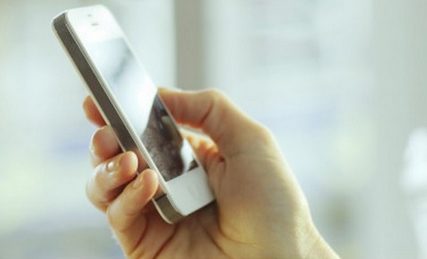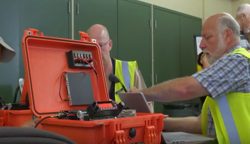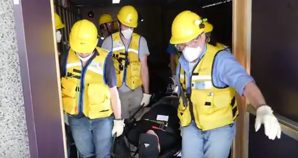Natural disaster communications through amateur radio
Have you ever wondered what your life might look like ten minutes after a major natural disaster? Most of us have flashlights at home. Some might have extra food and water on hand. The rest cross their fingers or call 911 if things get really bad.

Few consider that after a real disaster, 911 might not be an option. Your home phone line might be dead. Your fully charged cell phone dials – no one, actually.
Because networks have been impacted, you can’t get a signal. No email, no texting, no one knows you’re in trouble. And you have no idea when service might be restored. Not even the news hour can update you, because your television doesn’t work without power.
With lives at stake and no municipal, provincial or federal assistance in sight, how will you stay connected to terrified loved ones and know what’s coming next? If a disaster happens while you’re on campus, what resources are available?
 Amateur radio team
Amateur radio team
At BCIT, we have our own Amateur Radio Team. Comprised of employees, alumni, and students, the team has equipment that can communicate with officials locally or globally without depending on phone service or connection to the internet. They can reach first responders, Red Cross stations and City Hall, families worldwide, as well as alternate Emergency Operations Centers through other amateur clubs.

If you are interested in joining this team, and obtaining your License, please email BCIT’s Emergency Management Division for further information.